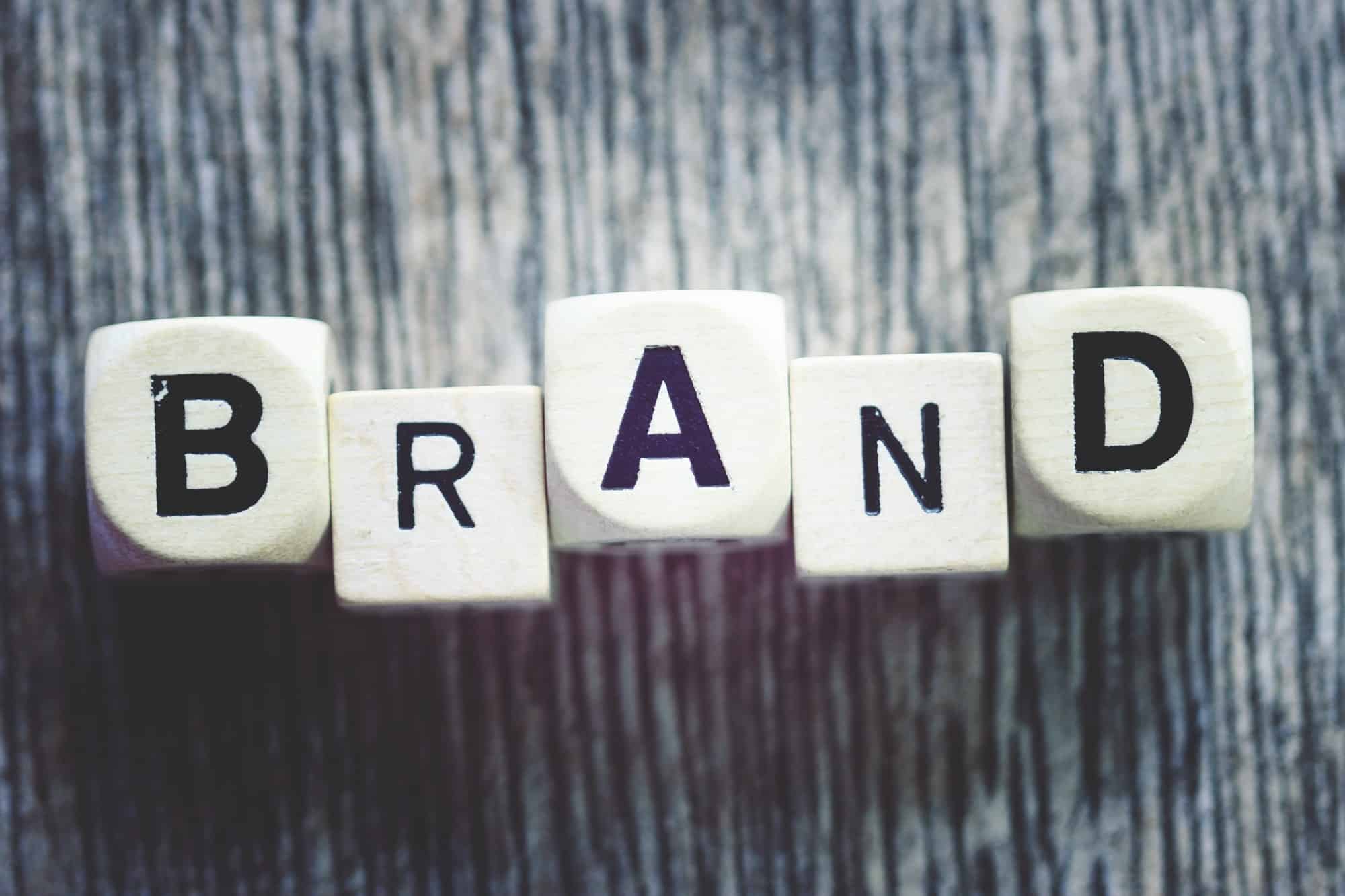
In an earlier post this month entitled “Assessing Brand Value” I provided a fairly in-depth overview of both how to calculate a brand’s value as well as describing why it is critically important to focus on creating brand equity. Nothing illustrates the impact of a brand’s contribution to the overall health of a company more than an assessment of its financial contribution marked by its valuation, its change in growth, and its short-term momentum. In today’s post, we’ll peel back the layers of some of the best and worst-performing brands in order to validate proof of the mission-critical nature and value of a brand…
I would strongly recommend that you read BrandZ, which is an annual study of the world’s top 100 brands (by valuation) conducted by Millward Brown. The beauty of this report is that regardless of how you feel about the business logic used or the key metrics evaluated in their analysis, it was nonetheless objectively applied across all companies covered in the study. The study breaks down brands by category and does a decent job at profiling sector analyses as they relate to brand growth. However, for the purposes of this post, I simply want to use the data contained in the report to validate what I’ve been saying for as long as I can recall…Brands matter.
Pulling from Millward Brown’s study, in the lists below I’ve highlighted a comparison between the 10 most valuable brands, the 10 fastest growing brands, and the 10 brands in greatest decline:
Top 10 Most Valued Brands (by the market value of brand equity)
1. Google – $66.4BB
2. GE – $61.8BB
3. Microsoft – $54.9BB
4. Coca Cola – $44.1BB
5. China Mobile – $41.1BB
6. Marlboro – $39.1BB
7. Wal-Mart – $36.8BB
8. Citi – $33.7BB
9. IBM – $33.5BB
10. Toyota – $33.4BB
10 Fastest-Growing Brands (percentage increase in valuation over 1 year)
1. Marks & Spencer 192%
2. Best Buy 113%
3. Target 88%
4. Google 77%
5. ABN Amro 72%
6. Apple 55%
7. Gucci 49
8. Starbucks 45%
9. Hermes 44%
10. Cingular Wireless 39%
10 Brands in Greatest Decline (percentage decline in valuation over 1 year)
1. Home Depot -33%
2. T-Mobile -32%
3. Dell -24%
4. Intel -23%
5. Budweiser -15%
6. Vodafone -12%
7. Microsoft -11%
8. Cisco & Chevrolet -10%
9. Ford -9%
10. IBM & Goldman Sachs -7%
Let’s begin by contrasting Google and Microsoft…Microsoft once thought of as an impermeable brand that would play king of the mountain forever vs. Google, the dominant brand of this decade. When you consider that Microsoft fell from number 1 last year to number 3 this year suffering an 11% decline in valuation while Google saw a meteoric rise to the most valuable brand in the world increasing its brand equity by 77% this year it provides strong testimony to the linkage between vision, strategy, operations, and brand.
In even the most cursory review of the above three lists (not to mention if you take the time to read the entire report), you can see how the brand affects value. Witnessing former blue-chip brands such as IBM, Goldman Sachs, Dell, Intel, and Home Depot fall into decline shows the need to carefully manage a company’s brand. Declining brand equity not only erodes overall corporate valuation but also impacts customer loyalty and crushes revenue growth.
If you are a CEO or entrepreneur and don’t fully understand that brand equity and momentum are perhaps the most critical success metrics to be measured and managed then your personal reputation and brand are bound to decline as rapidly as the corporate brand you have failed to steward.
This website uses cookies.